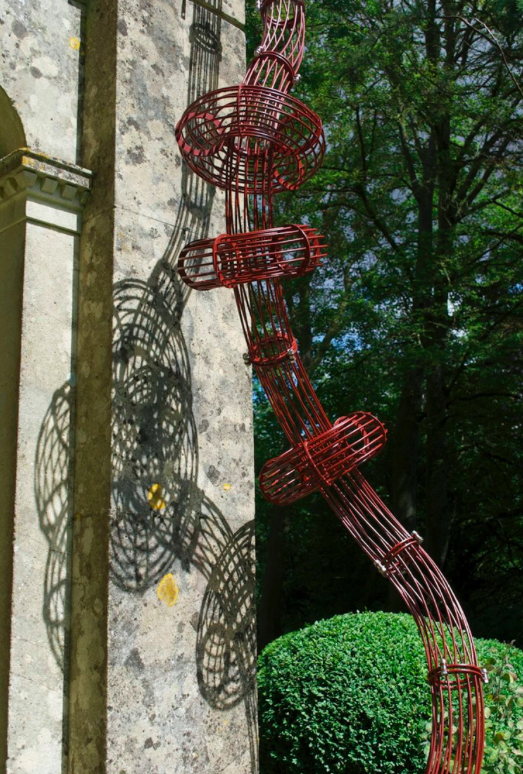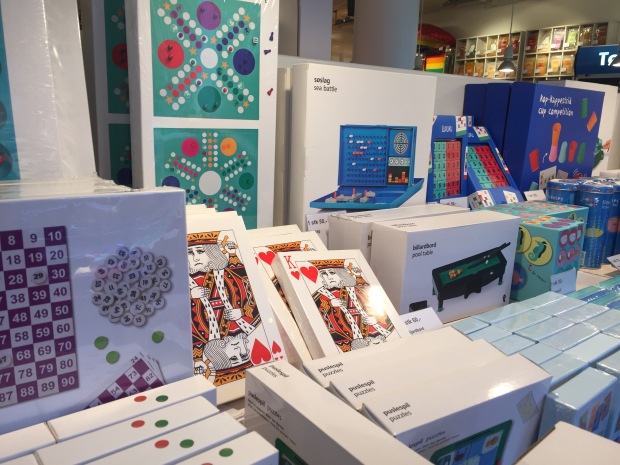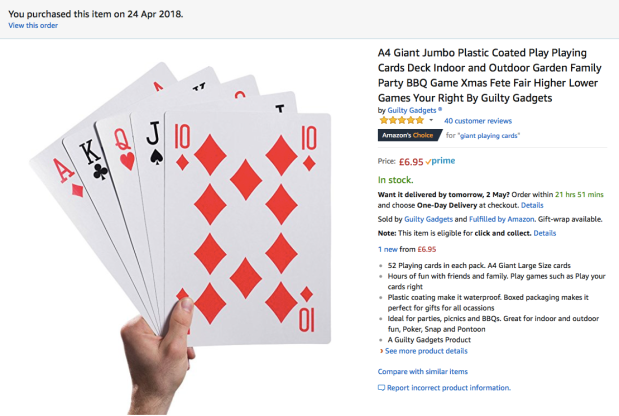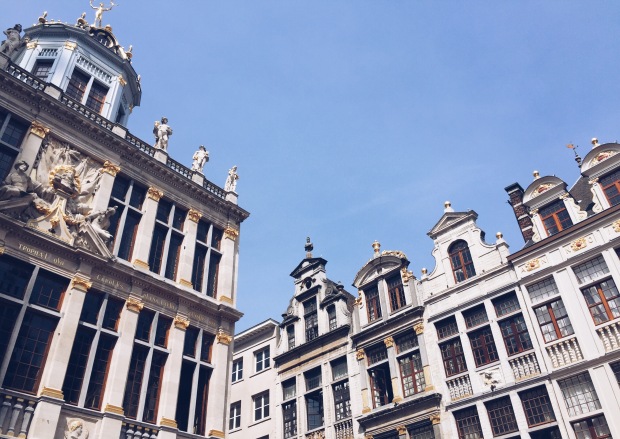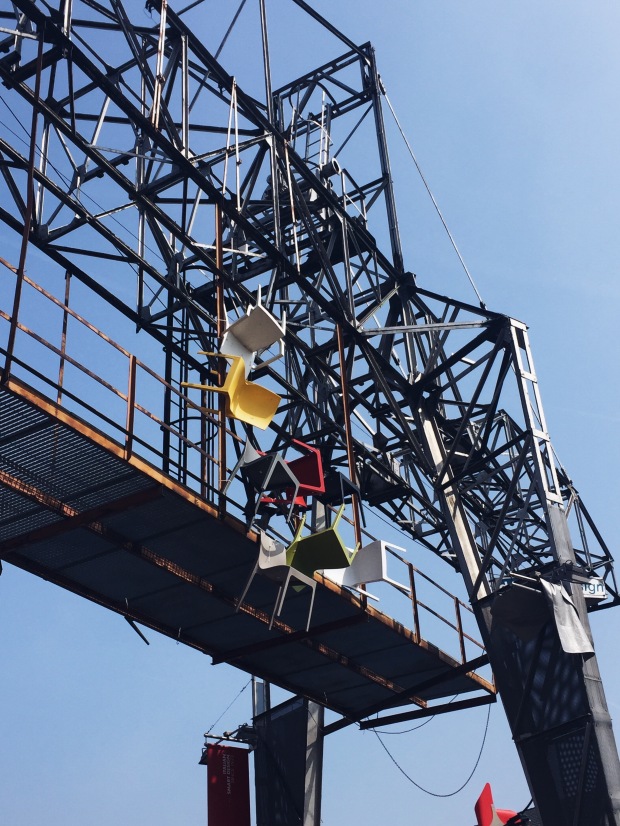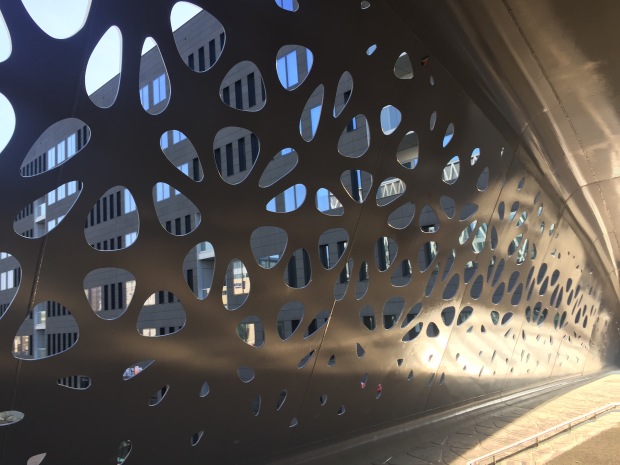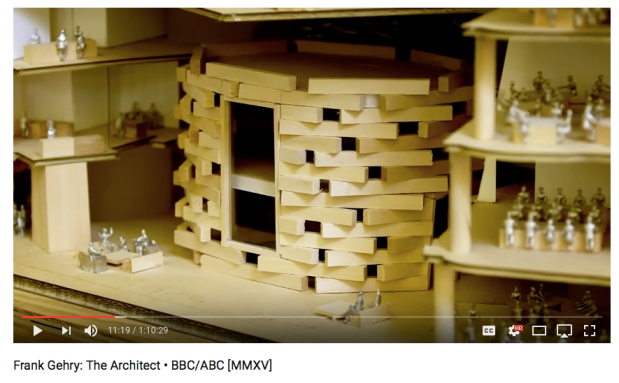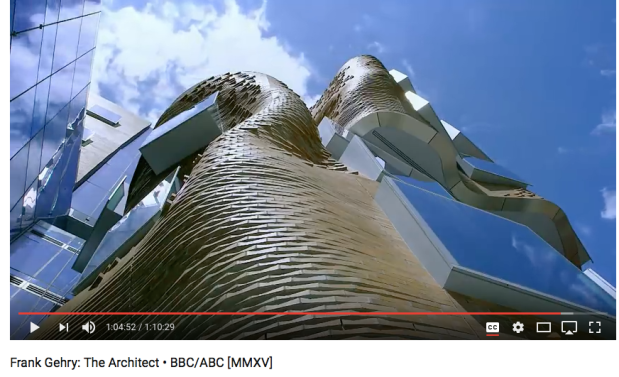Walking back to college from dinner I came across this exhibition at the Prism gallery. I had food so I only stayed in long enough to take a couple of photographs of the alluring installations that were displayed in the centre of the room.
I was un-aware of what these sculpture pieces were but I took an interest into them straight away. I was captivated by their curves and their free flowing appearance from far away and up close so my curiosity grew. Getting home and doing my research through the Prism Instagram page I discovered that this was a project for the festival of making that occurred in blackburn the previous weekend.
I identified that the artists responsible for this project is called David Murphy. I found the website for the festival of making which provided information on his project.

With the Sub title, “Seven sculptures made in a collaboration with the next generation of welder-engineers, David Murphy’s work captures the essence of apprenticeship.”
“In an exploratory collaboration with artist David Murphy, seven sapling-like steel sculptures have been flame-cut, drilled, folded and welded into existence, reflecting the journey of seven apprentices at the engineering firm WEC.”
“The artist worked in the purpose-built training school environment to explore the discipline, repetition, potential and aspiration for mastery that has always been at the heart of apprenticeship. Using factory processes taught at the academy, sculptures were created with a determined emphasis on the use of manual processes, creating a series of sculptures evocative of the apprentices’ fledgling careers in the world of manufacturing.”
I enjoy how this is a collaboration with apprentices who are art based and I think it is a clever way of bringing the community together with art and the photographs that we have been provided with to show this communication are very impressive and eye catching.



After being awakened by this work from Murphy I decided to search for his other artistic creations which is how I found Davids website which provides photographs of his previous work.
I am insanely captivated by his sculptural work and have saved the pieces that I connected with the most for their own individual sculptural reasons which I think can relate to me and my project, with the relevance of looking at structure, form, curve and shadow. I even paid great interest towards his sketches and drawings because to me they co ordinate with his practical work.



